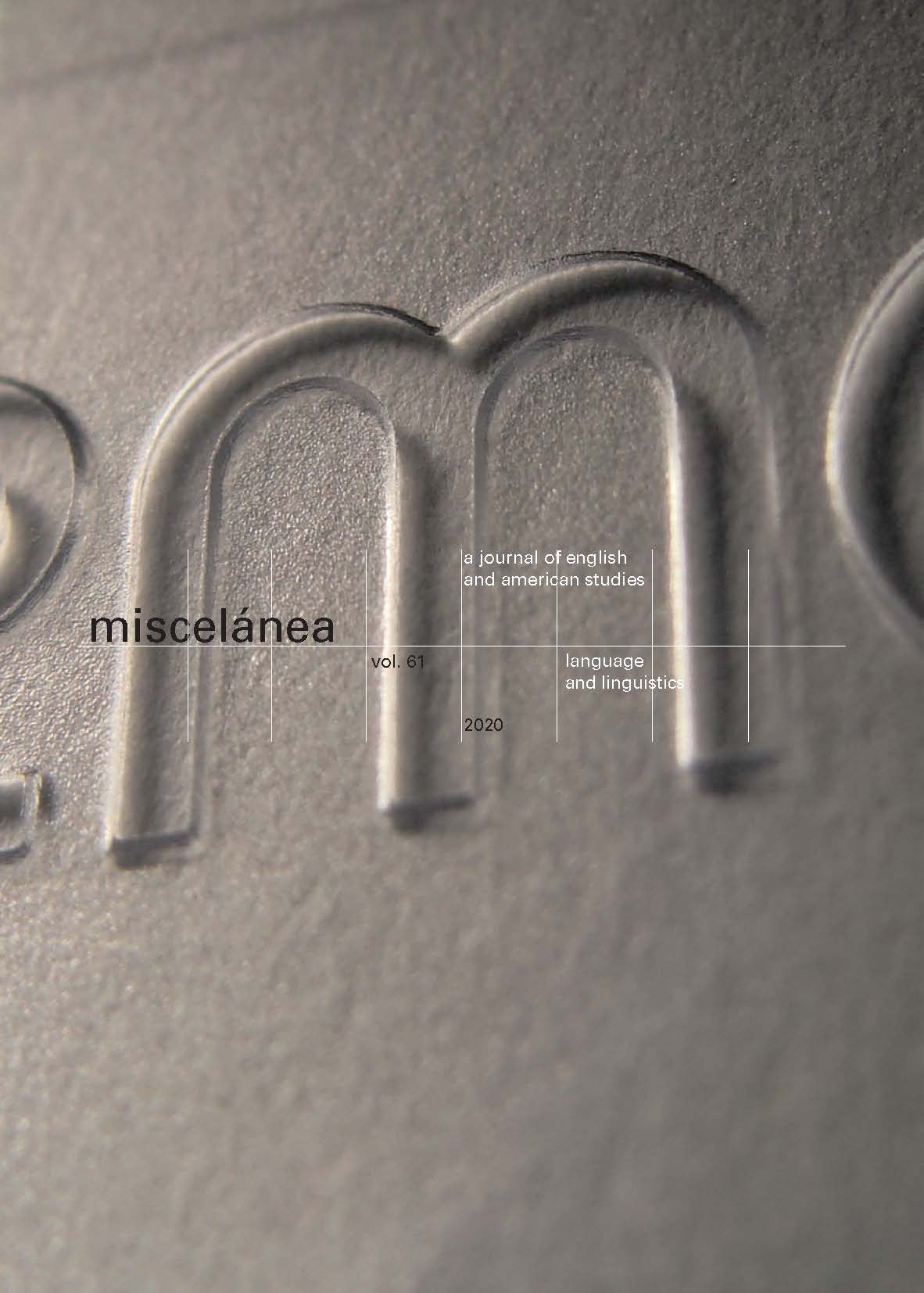Elisión de la cópula verbal en criollo sanandresano
DOI:
https://doi.org/10.26754/ojs_misc/mj.20205137Palabras clave:
Criollo Sanandresano, Supresión del verbo copulativo, Variación gramatical, Contexto gramatical, Categoría del sujeto, Persona gramatical, Tiempo verbalResumen
Este artículo versa sobre el fenómeno de elisión de la copula verbal en criollo sanandresano, una lengua criolla de base léxica inglesa hablada en las islas caribeñas de Colombia. Uno de los fenómenos lingüísticos más estudiados en lenguas criollas del Caribe es la variación en el uso del verbo BE (véase Labov 1969; Holm 1976; Rickford 1996; Sharma y Rickford 2009; Michaelis et al. 2013, etc.). El objetivo de este trabajo es arrojar luz sobre los factores que condicionan la variación del sistema copulativo en criollo sanandresano. Para llevar esto a cabo analizamos los contextos en los que se usa BE de forma explícita (por ejemplo, dei waz der an di fishin graun ‘they were there at the fishing ground’) y aquellos en los que se elide (e.g. shi veri hongri ‘she (was) very hungry’), y prestamos atención a su distribución teniendo en cuenta variables estructurales tales como el contexto gramatical en el que se usa o elide BE, la categoría y persona gramatical del sujeto, y el tiempo verbal. El análisis probabilístico de los resultados muestra que el contexto y la categoría gramatical del sujeto determinan la variación de este fenómeno lingüístico, confirmando así un patrón de variación observado en otras lenguas criollas del Atlántico. Los resultados obtenidos en este estudio nos permiten obtener una descripción más completa del uso de be en criollo sanandresano al tiempo que nos ofrecen información valiosa sobre la vitalidad, unidad y heterogeneidad de esta lengua criolla.


